Separation Equipment
While this can be accomplished manually, it is much more efficient when separation equipment is used to sort bulk material. Some of the most common pieces of material separation equipment for bulk applications are listed and described below.
Magnetic Separators
Magnetic separators are important in the mining industry where they can be use to separate ferrous and non-ferrous metals. A magnetic separator can prevent harmful bits of metal from entering machinery further down the line, and they can remove impure or unwanted materials from a stream. The magnets pull out the unwanted material as the bulk materials pass by on a conveyor. A permanent magnetic separator does not need any electric power to operate. These mechanisms can last for a long time without requiring maintenance or losing a significant amount of strength. More powerful industrial magnetic separators may use coils and direct currents to create a stronger magnetic field.
Air Separators
To make sure that volume measurements in a bulk handling system are accurate, an air separator is used. As bulk material passes through the chamber of an air separator, air or gases are removed from the material. Vacuum technology is commonly used to suck all of the air out of a confined space so that the only remaining substance is the bulk material itself. An air separator can easily be integrated into a pneumatic conveying system as either side of the unit can be connected to pipes or tubes.
Flotation Separators
Flotation separators use the principle of buoyancy to separate bulk materials. Water is added to a large tank, and the water’s density can be altered using certain additives that help to create the desired effect. Next, the material is added to the water. As a result, only materials with a density greater than that of the water will sink to the bottom of the tank as the rest remain floating at the surface. Mechanical arms scoop up the floating materials and move them along to the next part of the system. Flotation separation is an efficient way to separate minerals from other particles and debris. The debris that has fallen to the bottom of the tank can be ejected through a discharge hatch or periodically cleaned out of the tank from above.
Materials separation equipment is used to sort particles in bulk material handling systems in industries that range from agriculture to pharmaceuticals to food processing, mining and beyond. With machines that can separate high volumes at such a rapid rate, bulk material handlers in some industries are able to process more materials in a day than they could by way of manual labor in a week. Technological advancements like this are what help to make bulk material operations so large and efficient today and enhance the many possibilities of bulk handling.
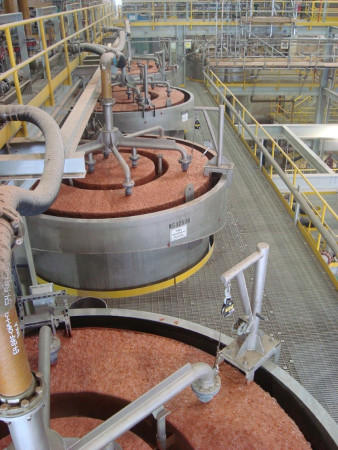
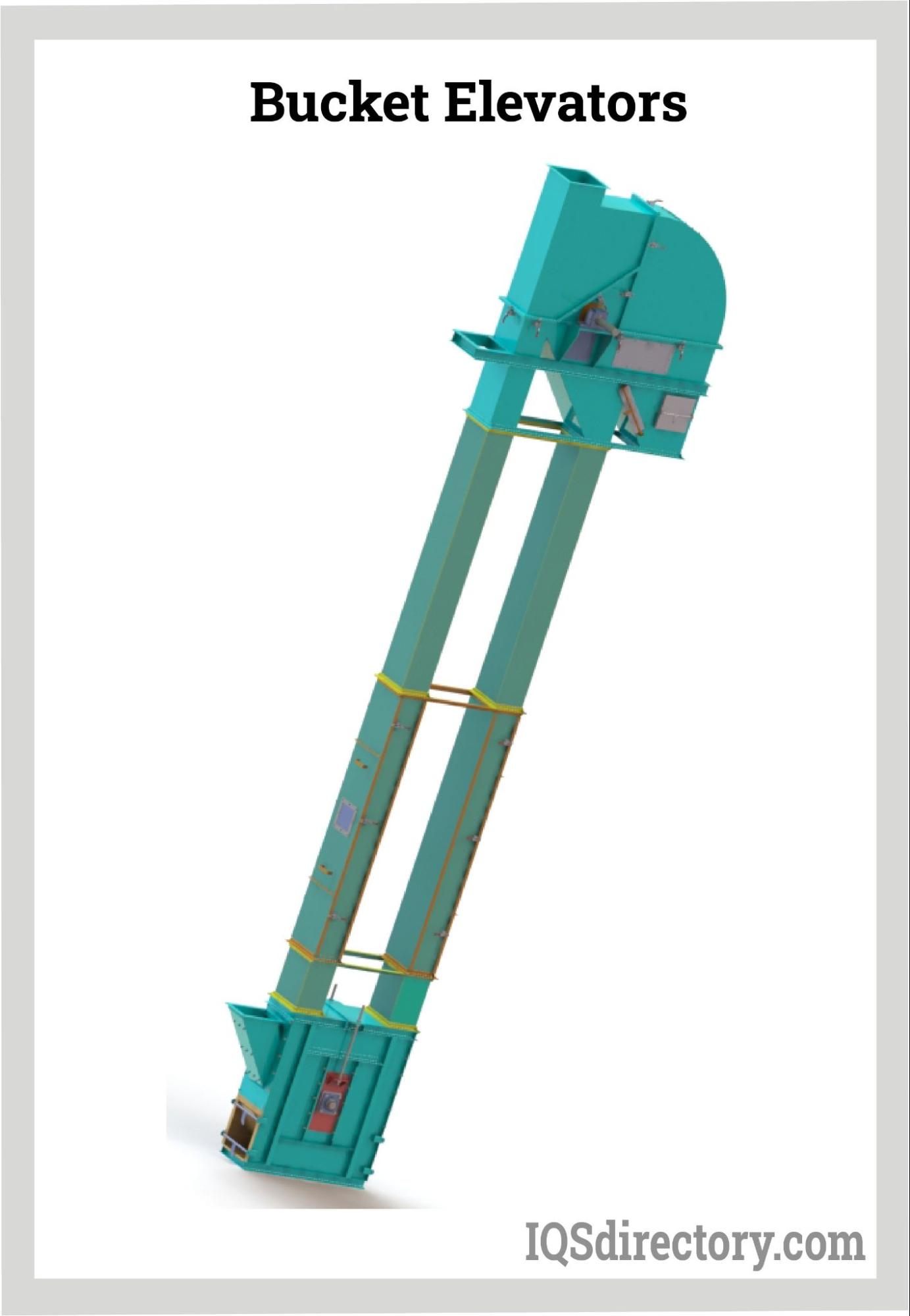
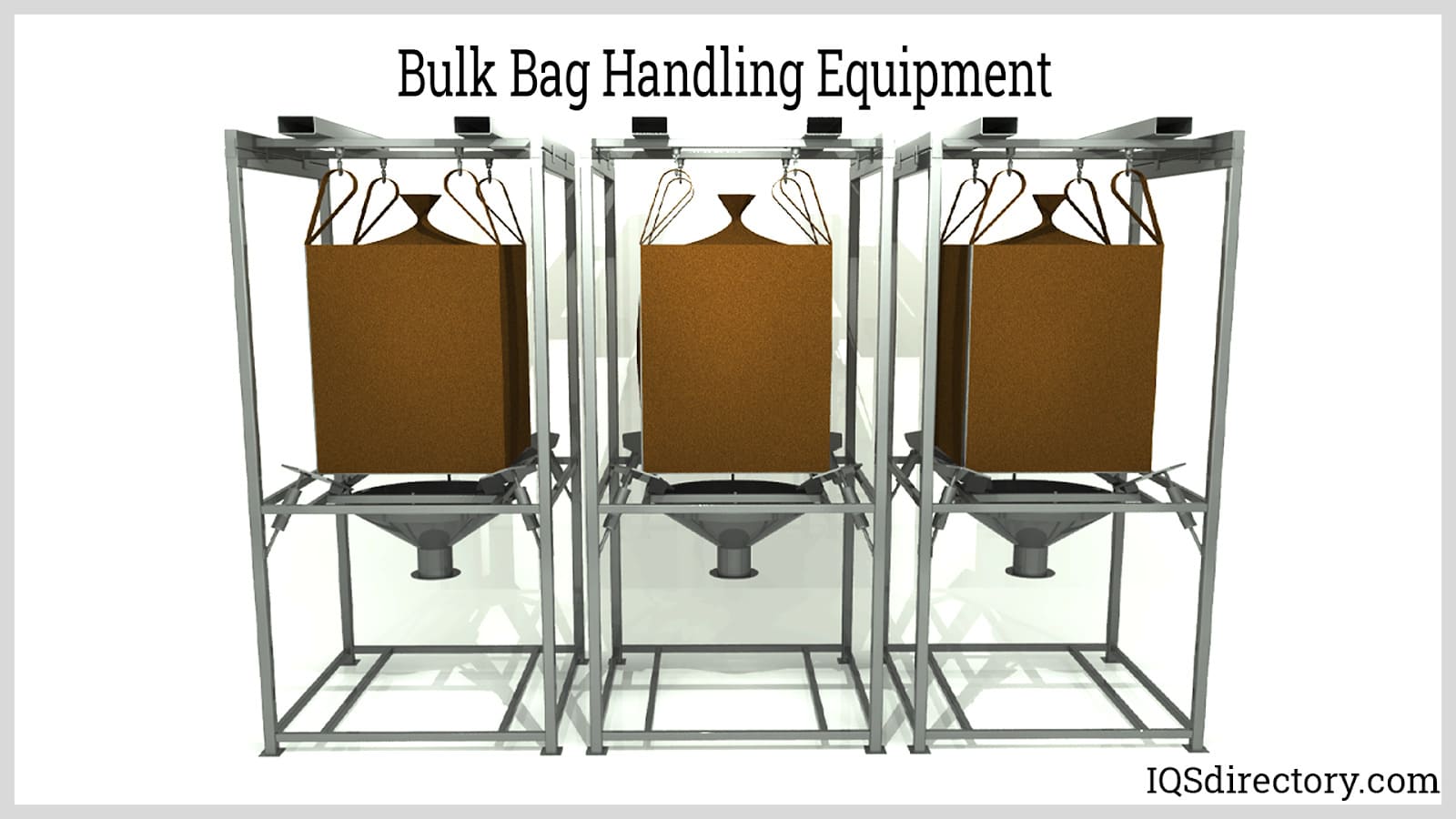
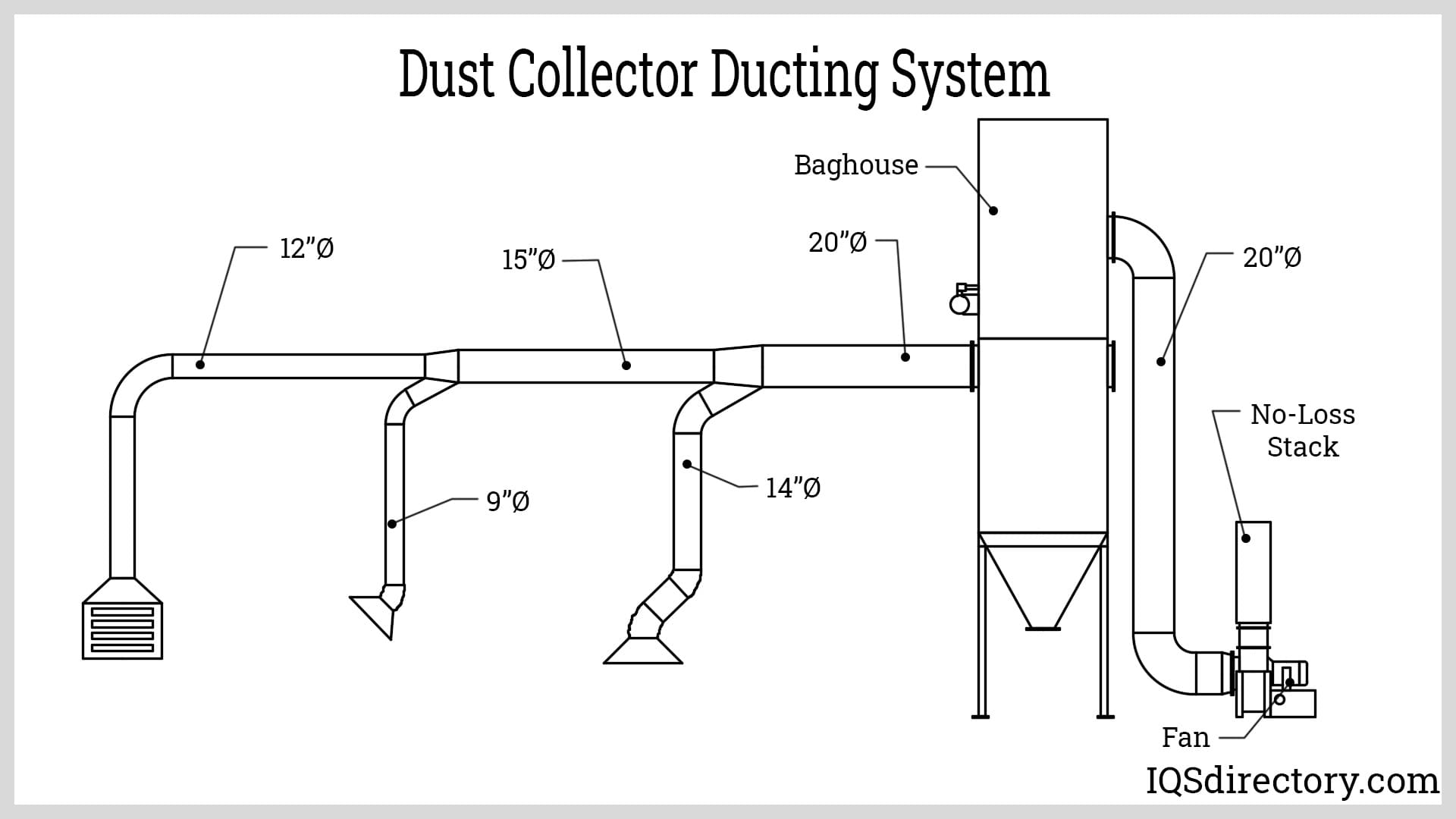
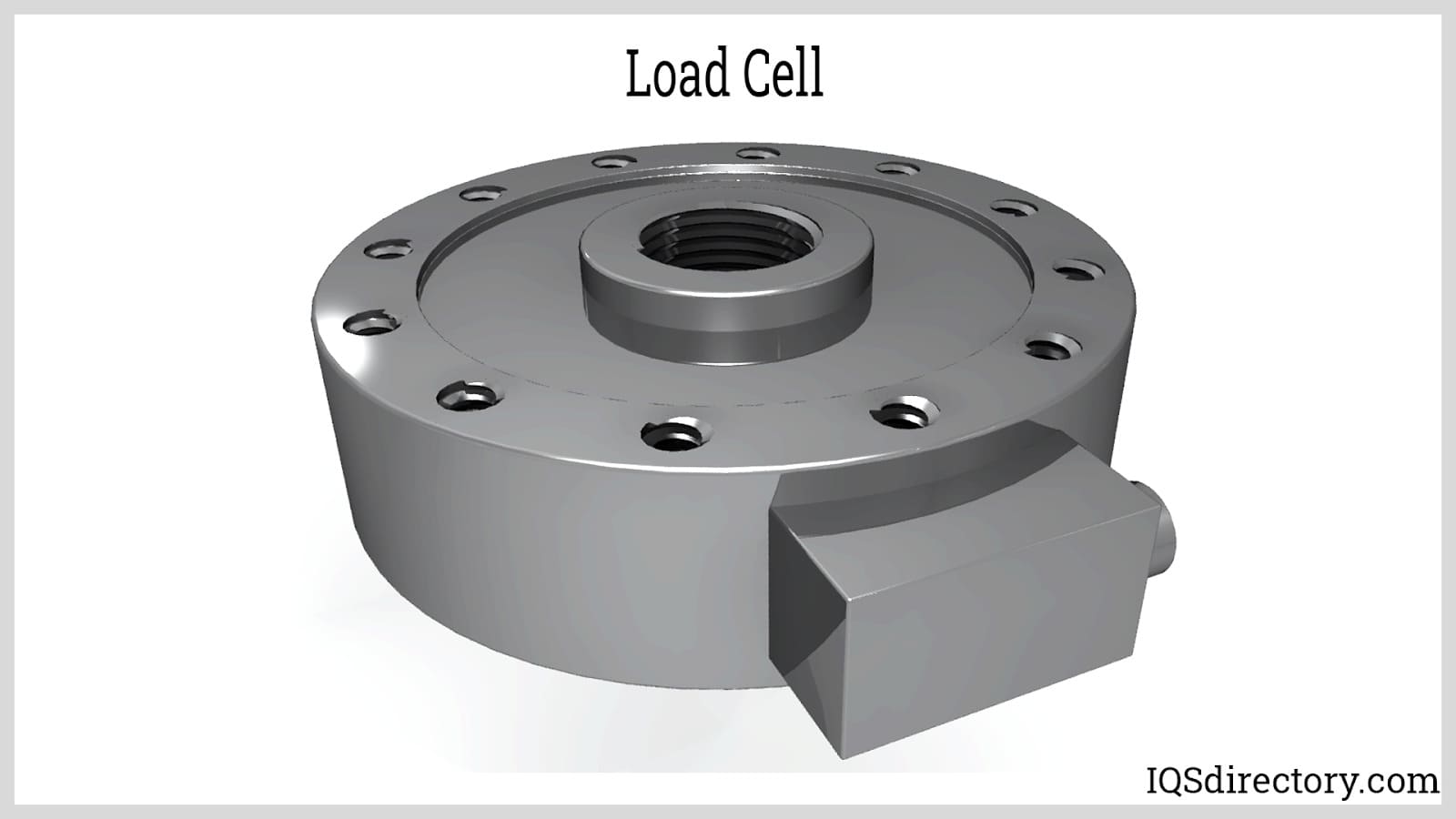
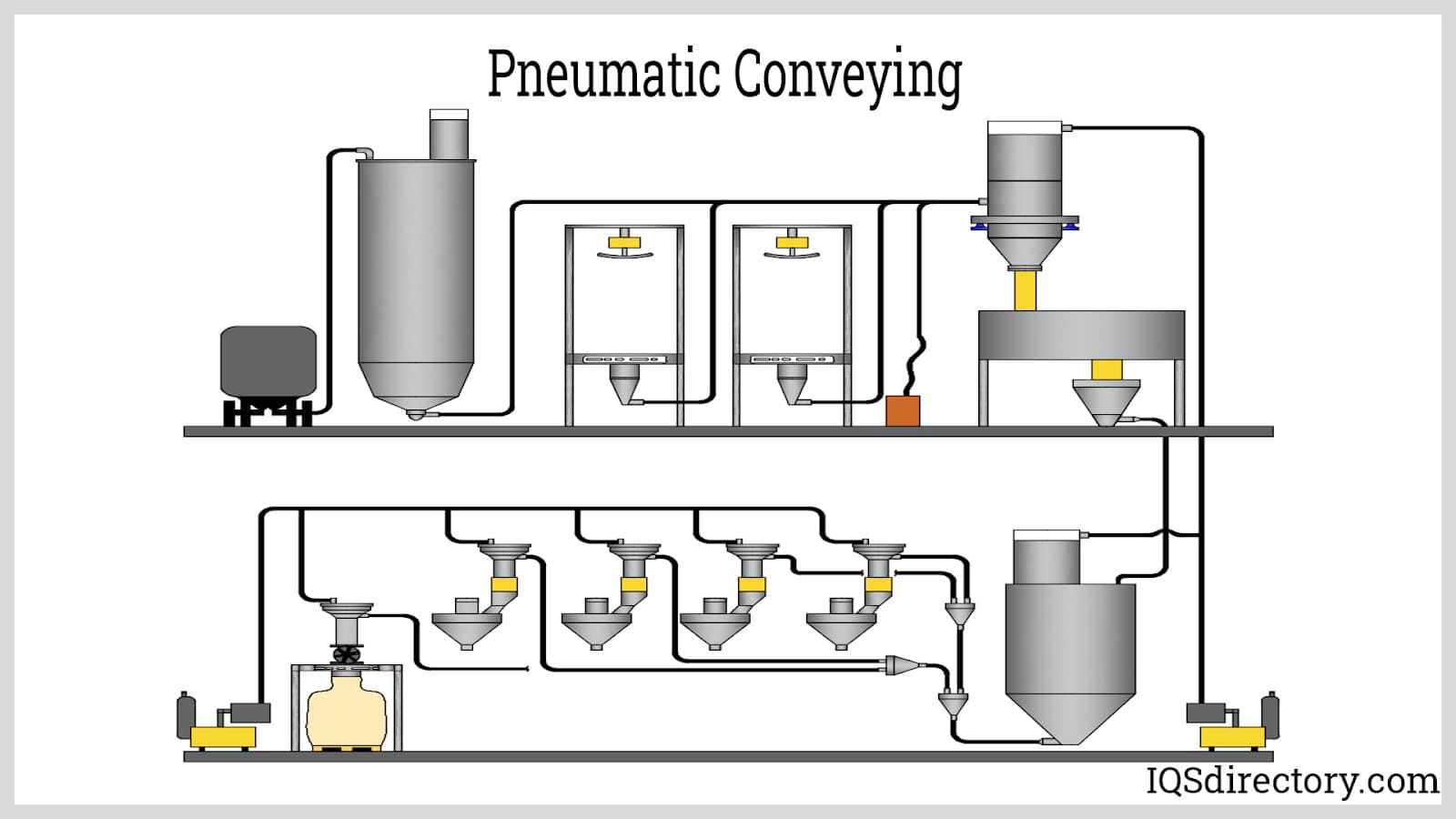
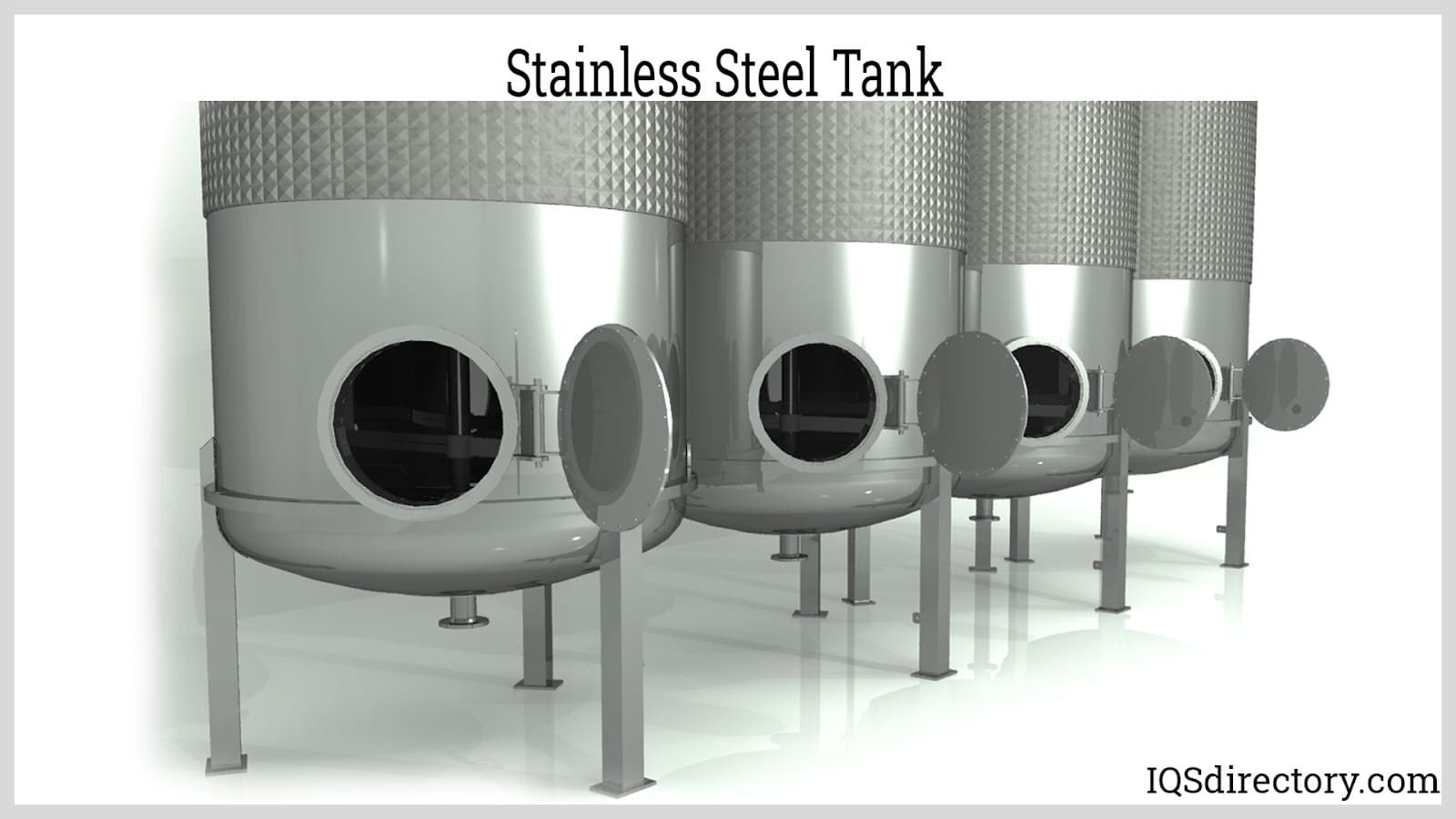
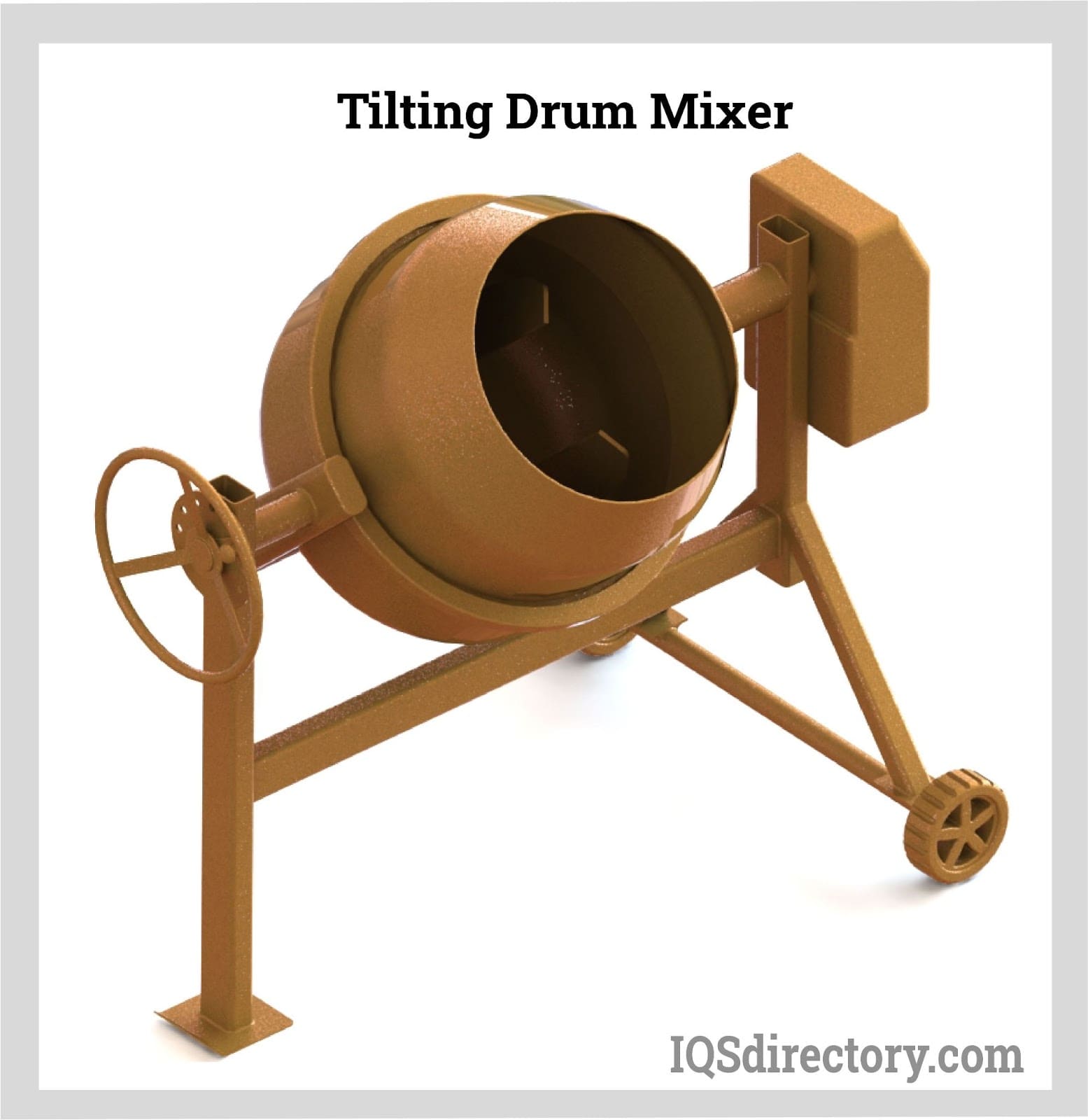
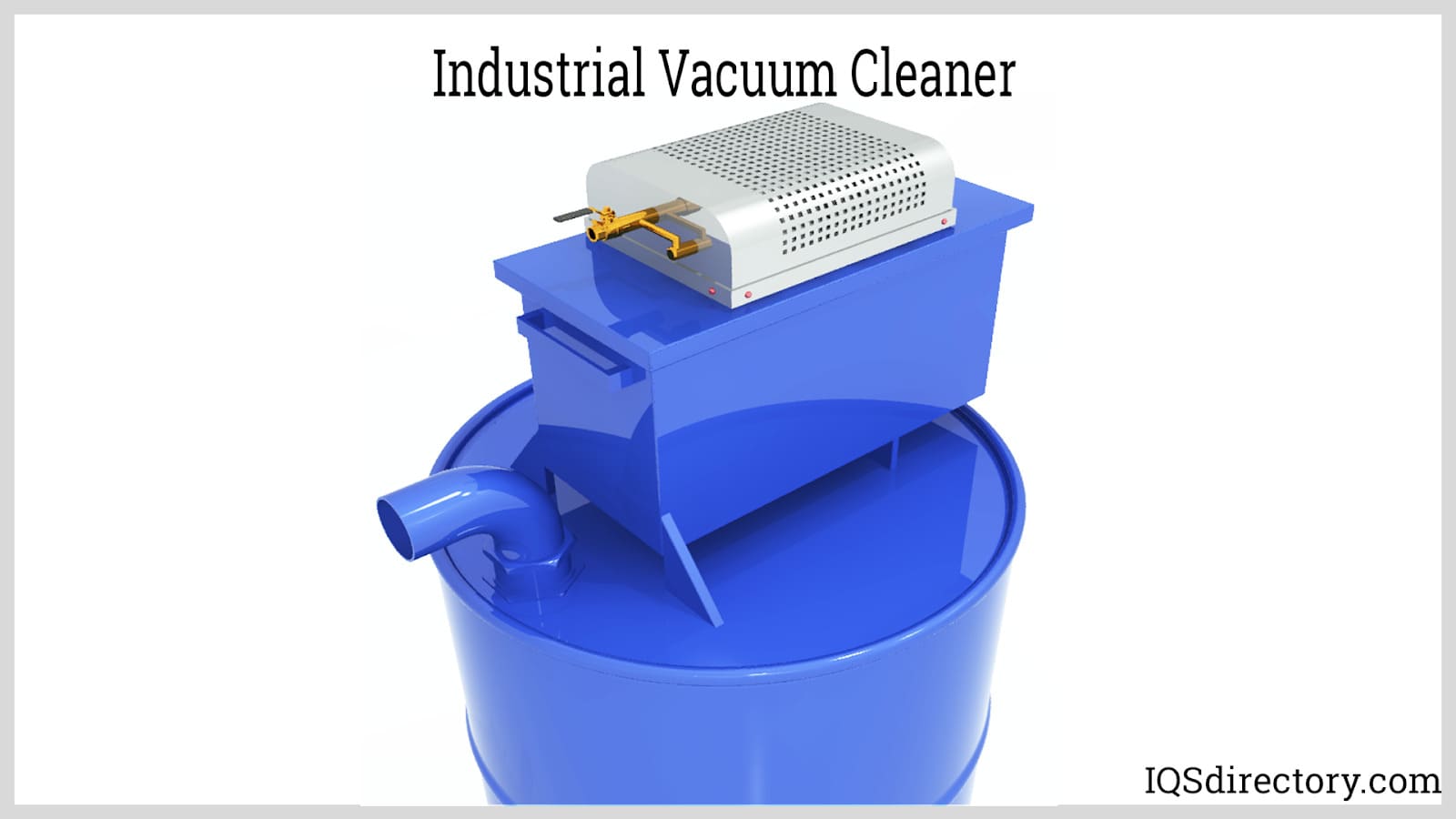

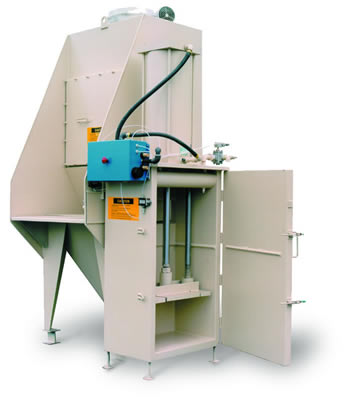 Bulk Bag Handling
Bulk Bag Handling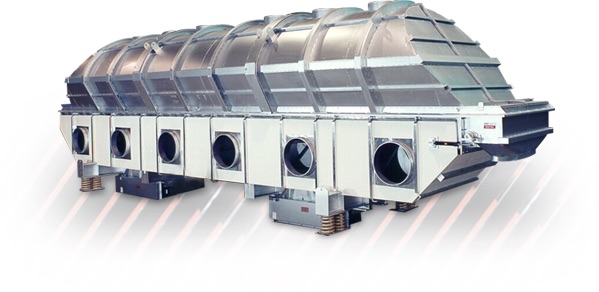 Industrial Dryers
Industrial Dryers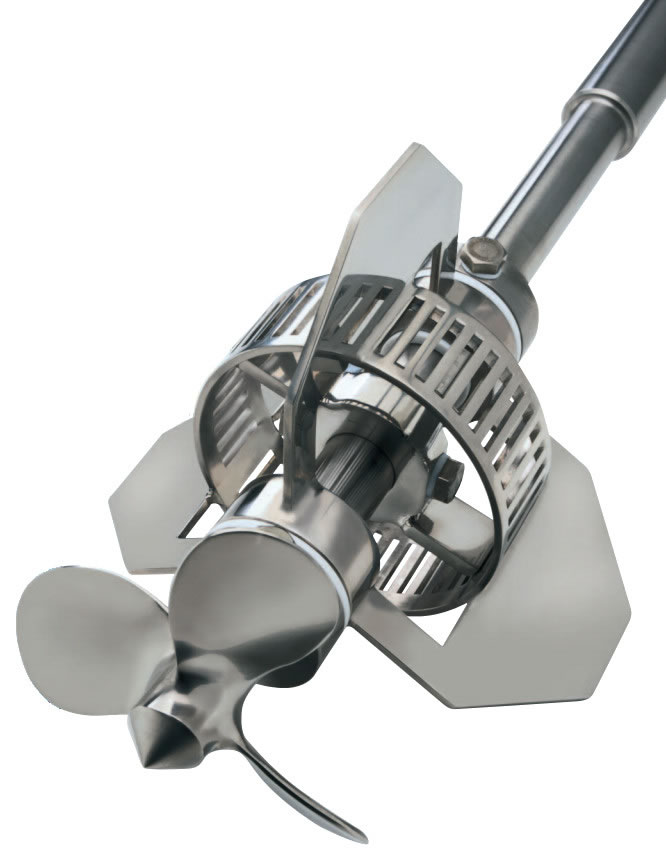 Industrial Mixers
Industrial Mixers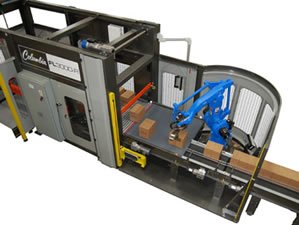 Palletizers
Palletizers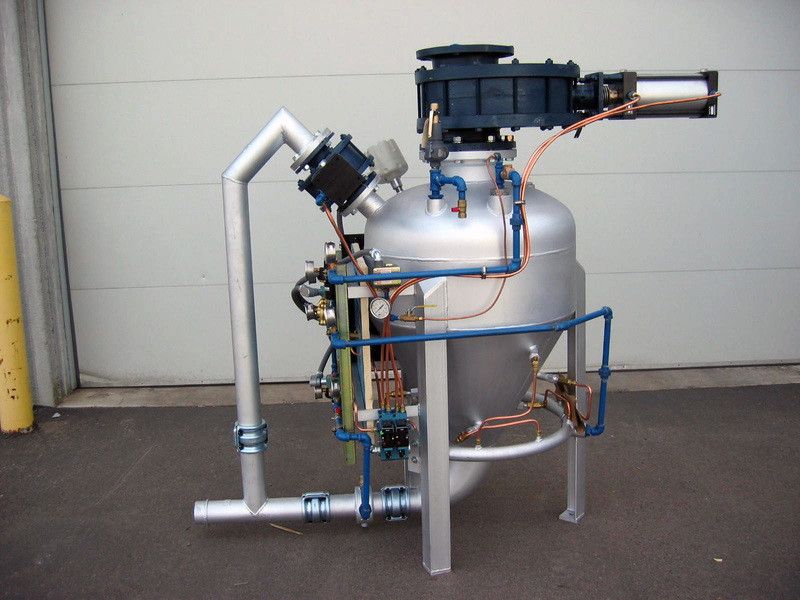 Pneumatic Conveyors
Pneumatic Conveyors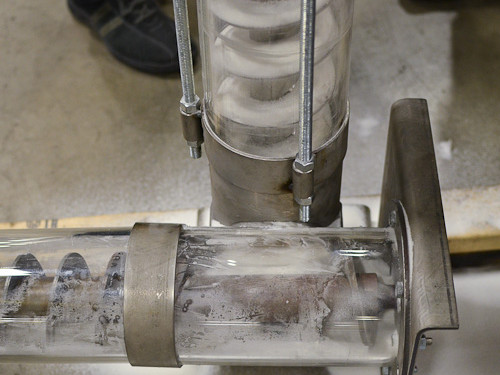 Screw Conveyors
Screw Conveyors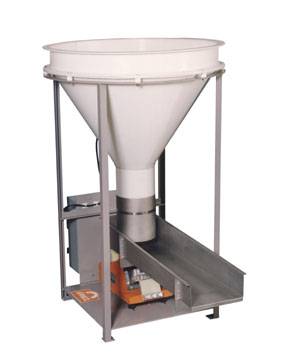 Vibratory Feeders
Vibratory Feeders Weighing Systems & Scales
Weighing Systems & Scales Castings & Forgings
Castings & Forgings Bulk Material Handling
Bulk Material Handling Electrical & Electronic Components
Electrical & Electronic Components Flow Instrumentation
Flow Instrumentation Hardware
Hardware Material Handling Equipment
Material Handling Equipment Metal Cutting Services
Metal Cutting Services Metal Forming Services
Metal Forming Services Metal Suppliers
Metal Suppliers Motion Control Products
Motion Control Products Plant & Facility Equipment
Plant & Facility Equipment Plant & Facility Supplies
Plant & Facility Supplies Plastic Molding Processes
Plastic Molding Processes Pumps & Valves
Pumps & Valves Recycling Equipment
Recycling Equipment Rubber Products & Services
Rubber Products & Services